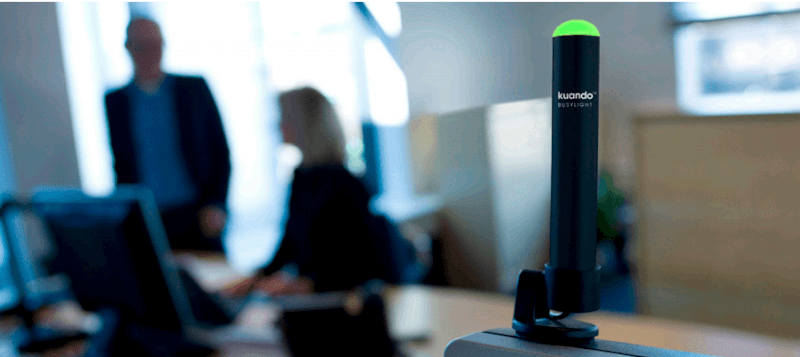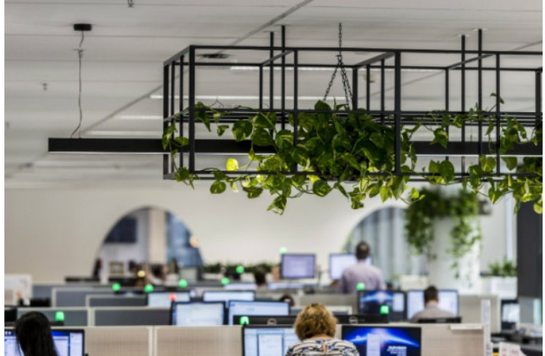Busylight - what is it?

I believe that my innovative gene in my body must have been dormant for some time, as I had simply come to accept the office space as a sort of anarchic environment where no established rules for interaction existed.
This is where my story begins and the busylight steps into the office, akin to a traffic light guiding communication flow minimizing the chaos.
Like its roadside counterpart, a busylight acts as a visual cue, indicating the availability and status of individuals in the workspace. Its purpose is straightforward: providing instant insight into whether a colleague is busy with a task, in a meeting, or open for interaction. In a world where interruptions can disrupt workflow, the “office traffic light” represents a culture of respect for focused work.

So, how does a busylight compare to a traffic light? Let me break it down:
Red Light: Do Not Disturb in the open office environment, the red light signifies a crucial state: someone is deeply engaged in work (or in a call). In the same way as a red traffic light, it ensures safety and flow rather than clashes.
Green Light: Ready for Interaction in both traffic and office contexts, the green light means it's okay to proceed.
When navigating the open office, I can certainly agree to operate based on the principles of red light stop - green light go, as illustrated by traffic lights.
The traffic light concept is not new, but oddly enough, it hasn't made its way into the office, where we spend quite a few hours every day, and where consideration for each other is something most of us desire.
You can find it here www.busylight.com
Latest gadgets
-
19 Sepgadgets
-
23 Maygadgets
LaserPecker LP5 Laser Engraver
-
01 Maygadgets
Swytch launches Swytch Max+ Kit
-
10 Margadgets
DJI AIR 3S
-
03 Margadgets
Razer Wolverine V3 Pro
-
21 Febgadgets
OBSBOT Tiny 2 SE
-
13 Febgadgets
Corsair launches Platform:4
-
17 Jangadgets
Nerdytek Cycon3
Most read gadgets
Latest gadgets
-
19 Sepgadgets
DJI launches Mini 5 Pro
-
23 Maygadgets
LaserPecker LP5 Laser Engraver
-
01 Maygadgets
Swytch launches Swytch Max+ Kit
-
10 Margadgets
DJI AIR 3S
-
03 Margadgets
Razer Wolverine V3 Pro
-
21 Febgadgets
OBSBOT Tiny 2 SE
-
13 Febgadgets
Corsair launches Platform:4
-
17 Jangadgets
Nerdytek Cycon3






